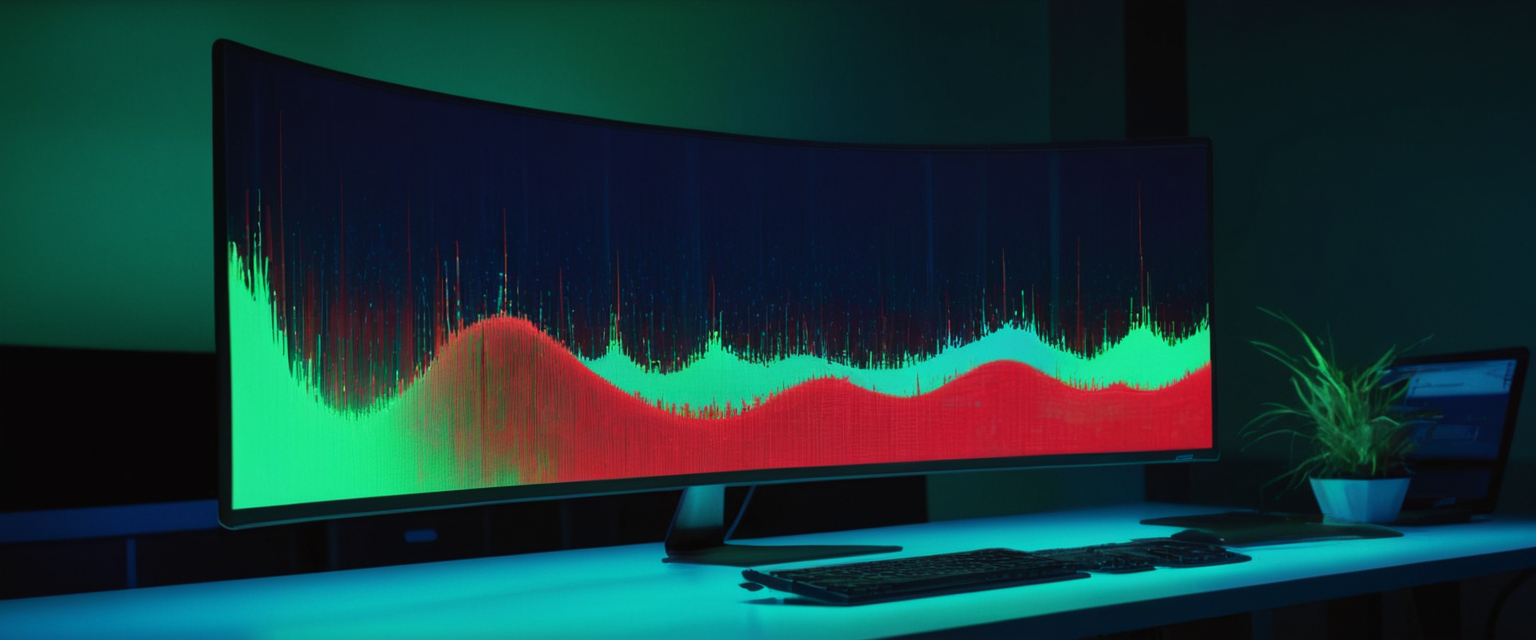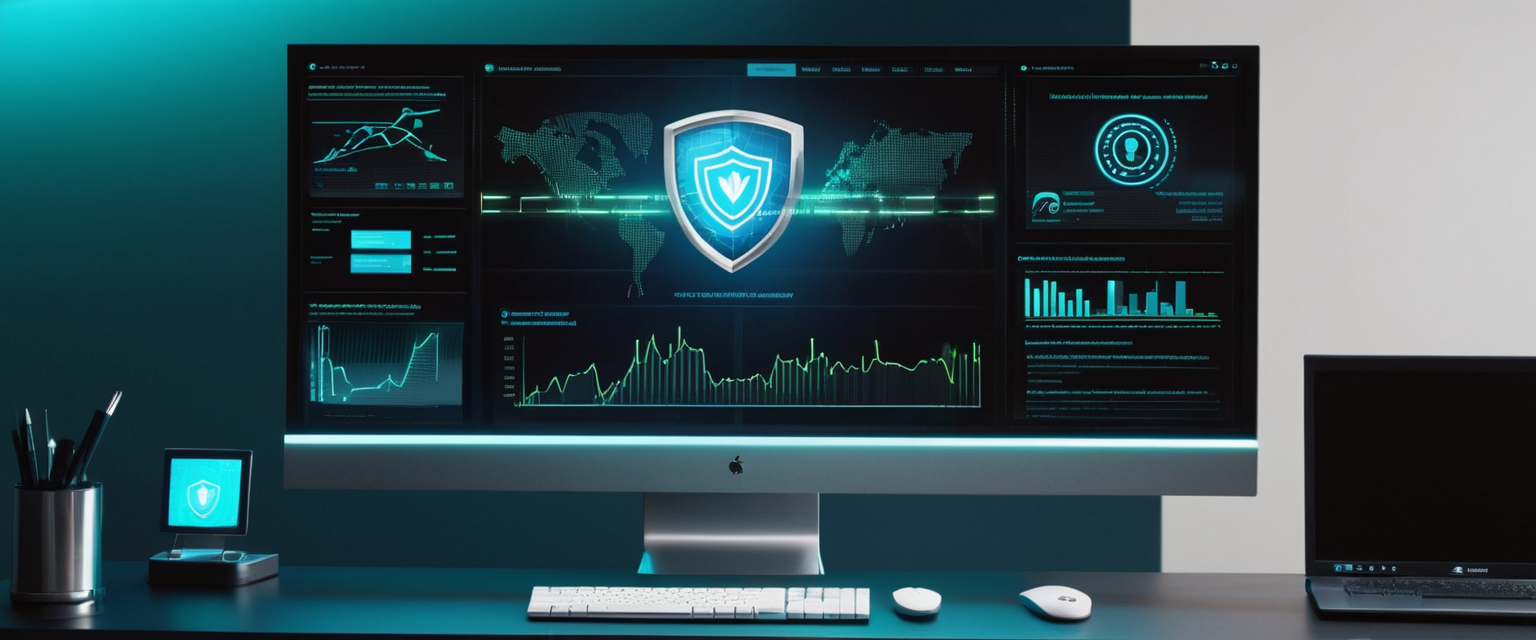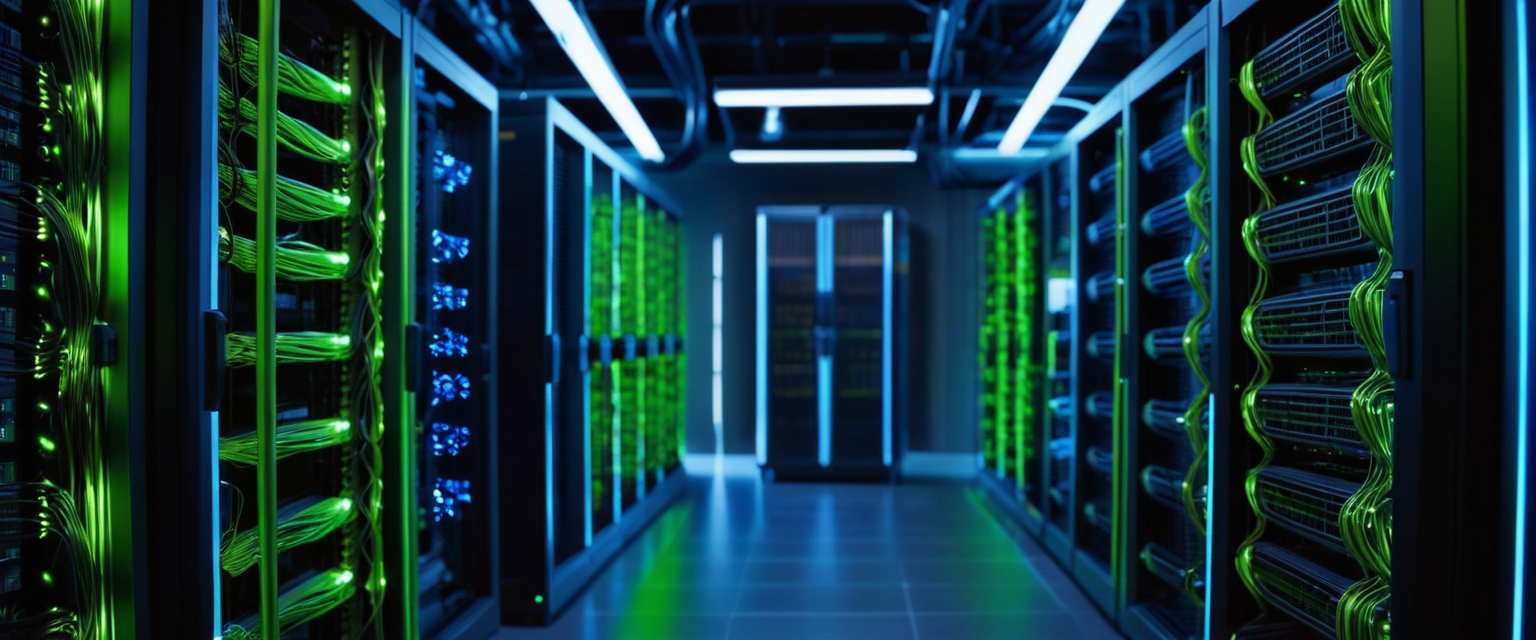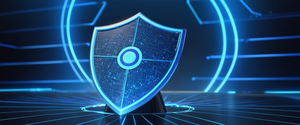
This report provides an exhaustive examination of malware deletion procedures, encompassing identification, removal strategies, platform-specific techniques, and post-infection recovery protocols for personal computers. The information herein covers fundamental removal procedures suitable for most users, advanced techniques for persistent infections, specialized tools and software, and critical preventive measures to minimize future vulnerability to malicious software threats.
Understanding Malware and Identifying Infection Symptoms
Before undertaking malware removal, understanding the nature of the infection and recognizing its manifestations proves essential for effective remediation. Malware refers to any malicious software designed to infiltrate computer systems and cause harm, encompassing various categories including viruses, worms, trojans, ransomware, spyware, adware, rootkits, and fileless malware. Computer viruses specifically are pieces of malicious software that, like biological viruses, can self-replicate and continually make copies of themselves, rapidly spreading their effects across infected devices. Understanding the distinctions between malware types helps guide appropriate removal strategies, as different infections require different approaches to successful elimination.
Recognizing that a computer has become infected represents the critical first step in malware removal. Users experiencing slower-than-usual system performance, sudden loss of disk space, unauthorized changes to system settings, and frequent crashes should suspect malware infection. Beyond these general symptoms, specific indicators of malware presence include unexpected pop-ups appearing persistently on screens, data corruption affecting file accessibility, disabled security software that refuses to reactivate, and unexplained changes to browser homepage and search engine settings. When friends report receiving strange messages or emails from compromised accounts without user authorization, this suggests credential theft through malware infection. Additional warning signs include suspicious shortcut files appearing on the desktop, unusual error messages interrupting normal operations, unfamiliar icons appearing without user installation, and icons that previously worked failing to launch.
The manifestations of malware infection extend to system resource consumption, where infected machines experience dramatically increased internet traffic, unusual network activity, and depleted hard drive space. Some users notice their computer becoming noticeably slower during routine tasks, with applications taking excessive time to load and the operating system becoming sluggish or unresponsive. In more severe cases, malware may actively interfere with antivirus software, disabling security tools designed to detect and remove threats. Users might observe that when they attempt to access security-related websites or control panels, the browser redirects to unfamiliar pages or displays blocked access messages. These symptoms collectively indicate that confirmation of infection requires running comprehensive security scans using reputable antivirus or anti-malware software before proceeding with removal procedures.
Initial Containment and Pre-Removal Safety Procedures
Once malware infection becomes apparent, immediate action becomes necessary to prevent further damage and limit the threat’s spread. The first critical step involves disconnecting the infected computer from the internet immediately upon suspecting malware presence. This disconnection serves multiple essential functions in the removal process. By cutting internet connectivity, users block advanced malware from communicating with command and control servers operated by attackers, preventing the malicious software from receiving instructions to download additional payloads or spread to other networked devices. Without access to these remote command and control systems, certain sophisticated malware variants become significantly less dangerous, losing their ability to exfiltrate sensitive data, deploy ransomware payloads, or coordinate coordinated attacks.
However, users should recognize that disconnecting from the internet presents a critical consideration regarding security software functionality, as many modern antivirus programs rely on cloud-based malware definitions and real-time threat intelligence to operate effectively. When disconnecting from internet access, security software dependent on cloud resources may become ineffective. To address this limitation, users should ensure they possess offline versions of their security program’s most recent malware definition updates stored locally on the computer. This preparation before disconnecting from the internet ensures that scanning and removal operations can proceed uninterrupted even without active internet connectivity.
Following network disconnection, users should proceed to disable System Restore and delete existing restore points before beginning malware removal. System Restore creates snapshots of the system state at various times, potentially capturing malware-infected files within those restore points. If a user attempts to restore the system after removing malware, they might inadvertently restore the malicious software from infected restore points, essentially reinfecting the cleaned system with the same malware that was just removed. For this reason, security professionals recommend disabling System Restore, deleting all existing restore points to eliminate any opportunity for malware to hide within them, and only reactivating System Restore after confirming the system is completely clean. After the system receives confirmation of successful malware removal and cleaning, users should create fresh, clean restore points that do not contain any malware.
Users should also prepare to enter Safe Mode, which represents a diagnostic startup mode that loads only essential system drivers and services required for basic computer operation. Running a computer in Safe Mode prevents malware from automatically loading during startup, making it significantly easier to identify and remove infections without the malware actively interfering with removal operations. Some infections prove so destructive that Safe Mode becomes the only stable operating environment available to users. For Windows systems, accessing Safe Mode involves restarting the computer, pressing F8 during boot (in older systems), or using advanced startup options in newer Windows versions to select Safe Mode with Networking if internet access becomes necessary during scanning.
Advanced Malware Detection and Comprehensive Scanning
Effective malware removal depends fundamentally on accurate detection and thorough scanning of the infected system. Comprehensive scanning represents an essential component of successful malware removal, requiring full system scans that examine all files, programs, and system areas where malware might hide. Users should run full system scans rather than quick scans, as quick scans only examine common malware locations and frequently miss sophisticated threats that hide in non-standard locations. Most reputable antivirus software includes multiple scanning options to address different threat profiles, with comprehensive scans examining the entire hard drive, running processes, system memory, and all installed applications.
When selecting scanning tools, users should recognize that modern malware employs increasingly sophisticated evasion techniques, with some malware types specifically designed to evade detection by standard antivirus software. Fileless malware represents a particularly challenging threat category, as it operates entirely within a computer’s RAM without creating files on disk, leaving minimal traces that traditional antivirus programs can detect. This type of malware makes changes to legitimate Windows components like PowerShell or Windows Management Instrumentation rather than installing visible files, making it up to ten times more successful in evading detection than traditional malware attacks. Rootkits present another serious challenge, as these specialized malicious programs give attackers remote control with full administrative privileges while actively concealing their presence from the operating system and security software.
For Windows systems, Microsoft provides several built-in and specialized tools that users can employ to detect and remove prevalent malware without requiring third-party software. The Windows Malicious Software Removal Tool (MSRT) helps remove specific prevalent malware from computers by finding and removing threats and reversing the changes those threats have made. This tool generally releases monthly as part of Windows Update or as a standalone download. The MSRT specifically targets prevalent malware families and provides removal results displayed after scanning completes, with detailed information available in log files. Beyond MSRT, Microsoft Defender Antivirus provides real-time protection built directly into Windows, and Microsoft Defender Offline Scan offers specialized scanning capability by operating outside the normal Windows environment.
Microsoft Defender Offline Scan represents a particularly valuable tool for infections that resist standard removal attempts. This specialized scan runs before the Windows operating system fully loads, operating in a separate environment where malware cannot interfere with detection and removal operations. Users can access Microsoft Defender Offline from the Windows Security application by navigating to Scan Options and selecting the Microsoft Defender Offline Scan option. The offline scan process takes approximately fifteen minutes to complete and requires the user to save work and close open applications before initiating the scan, as the system restarts to perform the scan outside of Windows.
Third-party antivirus and anti-malware solutions provide additional scanning capabilities with sophisticated detection methods. Malwarebytes represents one of the most widely recommended specialized anti-malware tools, offering both free and premium versions that can detect and remove infections that other antivirus programs may miss. Malwarebytes employs advanced heuristic methods and behavioral analysis to identify both known and unknown malware threats. The software includes scanning options that examine Memory Objects, Startup Objects, Registry Objects, File System Objects, and perform Heuristic Analysis. AdwCleaner, another specialized tool from Malwarebytes, specifically targets adware, spyware, potentially unwanted programs, and browser hijackers that other tools might overlook.
When running multiple scans to ensure thorough detection, users should understand the important caveat that running two antivirus programs simultaneously creates conflicts rather than providing enhanced protection. When two antivirus programs operate simultaneously, they often attempt to intercept the same files and processes, leading to conflicts where both programs try to scan and quarantine files simultaneously, potentially causing system instability and leaving the computer more vulnerable rather than better protected. Instead, users should disable the first antivirus before installing and running a second one, using different tools sequentially for detection rather than concurrently.
Protect Your Digital Life with Activate Security
Get 14 powerful security tools in one comprehensive suite. VPN, antivirus, password manager, dark web monitoring, and more.
Get Protected Now
Windows-Specific Malware Removal Procedures
Windows operating systems require specific procedures for effective malware removal that account for the particular architecture and features of the Windows environment. The comprehensive Windows malware removal procedure begins with disconnecting from the internet, restarting the PC in Safe Mode with Networking, scanning the computer with installed antivirus software, quarantining or removing any detected threats, running additional scans to catch remnants, removing detected threats, and finally restarting the PC. This sequential approach addresses the layered nature of modern malware infections and the necessity of multiple scanning passes to ensure complete removal.
After successfully removing detected malware from the Windows system, users should verify removal completeness by clearing temporary files stored on the system. Using the Disk Clean-Up tool within Temporary Files helps free disk space by deleting unnecessary files that might contain malware remnants. Windows temporarily stores files in designated temporary locations, and malware sometimes leaves traces or cached components in these directories. Deleting these temporary files reduces the possibility of residual infection elements surviving the primary removal process.
Browser-based malware presents particular challenges for Windows users, as malware frequently targets web browsers to redirect searches, display unwanted advertisements, or track user activity. Removing browser malware requires reviewing browser extensions or add-ons to identify and remove anything unrecognized or suspicious. Users should navigate to the Extensions section of their browser (typically accessed through Settings), examine each extension carefully, and remove any that they do not recognize or remember installing. Following extension removal, users should clear the browser’s cache, cookies, and history by accessing the Clear Browsing Data function to eliminate any stored malicious data. For Google Chrome specifically, the process involves navigating to Settings, clicking Advanced, and accessing the Clear Browsing Data option.
For more comprehensive browser cleaning, users can reset the browser to its default state by accessing Settings and selecting “Reset Settings” or “Restore settings to their original defaults”. This action disables all extensions, clears temporary data, and resets the homepage and search engine to original defaults, effectively removing many types of browser-based malware. Google Chrome users specifically should run the Chrome Safety Check feature, accessible through Settings > Privacy and Security > Safety Check, which identifies potentially harmful extensions and settings.
Windows users dealing with particularly stubborn infections might need to employ advanced system tools to locate and remove malware that standard antivirus tools fail to detect. The Windows System File Checker tool (SFC) can repair corrupted system files that malware may have damaged. This tool requires running the command “sfc /scannow” from an elevated command prompt, though users should first run DISM (Deployment Image Servicing and Management) to provide Windows with the files needed for system repair. These advanced tools address situations where malware has corrupted critical Windows system files, preventing the operating system from functioning properly.
Users can also employ Process Monitor, an advanced Sysinternals utility that displays real-time file system, Registry, and process/thread activity, to identify suspicious processes and understand malware behavior patterns. However, these advanced tools require technical expertise and should only be employed by users comfortable with command-line interfaces and system troubleshooting.
Mac-Specific Malware Removal Procedures
Apple macOS systems, while generally enjoying a reputation for superior security, increasingly face malware threats that require specific removal procedures tailored to macOS architecture and design. The process for removing malware from Mac computers differs from Windows procedures, though the guiding principles remain broadly similar. Notably, Macs are experiencing increased malware incidence, with some data suggesting that Macs are outpacing Windows in malware infections per endpoint. Recent threats include DazzleSpy malware that attacks macOS by opening a backdoor for unauthorized access.
The macOS malware removal procedure begins with downloading and installing a reputable antivirus tool specifically designed for macOS, as many cross-platform tools may not address macOS-specific malware variants. Following antivirus installation, users should ensure the system is fully updated by installing the latest version of macOS, as these updates frequently contain patches addressing security vulnerabilities and malware exploits. System updates can be accessed through the Apple menu, selecting “About This Mac,” then “More Info,” and finally “Software Update.”.
After updating the system and installing antivirus software, macOS users should conduct a full antivirus scan using their chosen tool to detect viruses or affected files present on the system. Following the antivirus scan and removal of detected threats, users should examine running processes using Activity Monitor to identify and manually quit any known Mac viruses that the antivirus tool may have missed. Activity Monitor displays all currently running processes and allows users to force quit suspicious applications, though careful judgment must be exercised to avoid terminating legitimate system processes.
Uninstalling suspicious applications represents another essential macOS removal step, as malware frequently disguises itself as legitimate software or installs additional unwanted applications. Users should navigate to the Applications folder, examine each application carefully, and move anything suspicious to the Trash, then empty the Trash to complete removal. Following successful malware removal, macOS users should update all software, antivirus tools, and passwords to ensure the latest protection is in place and prevent future unauthorized access.
macOS users should be particularly vigilant regarding fake antivirus products that masquerade as legitimate security tools. Notorious fake antivirus programs for Mac include MacDefender, MacProtector, and MacSecurity, which themselves represent malware and should be removed immediately if discovered on a system. These fake security tools typically appear legitimate but actually serve malicious purposes and can cause significant system damage.
Advanced Malware Persistence Challenges and Extreme Removal Measures
Some malware infections resist standard removal procedures, requiring more advanced and aggressive remediation approaches. Certain malware types employ sophisticated persistence mechanisms specifically designed to survive standard removal attempts and reinfect the system. Rootkits represent particularly dangerous infections, as these sophisticated malware programs give attackers complete remote control of affected computers with full administrative privileges while actively hiding from the operating system and security software. Bootkits, which infect the system bootloader itself, can persist even after hard drive formatting if the bootloader remains infected.
For infections involving rootkits or bootkits that resist standard removal attempts, professional technical assistance from qualified IT professionals becomes necessary, as these infections require specialized tools and deep system knowledge that exceed typical user capabilities. Trained computer technicians possess access to specialized malware detection and removal software not available to average users and can employ advanced techniques to address even the most stubborn infections.
When standard removal procedures fail to achieve complete infection elimination, resetting the PC represents the most comprehensive remedy available to individual users, completely wiping the infected system and restoring it to a clean state. Windows provides a “Reset this PC” function accessible through Settings that allows users to choose between keeping personal files or removing everything. The option to “Remove Everything” performs a more thorough clean than keeping files, as removing everything erases the entire hard drive contents and reinstalls the operating system from scratch, virtually guaranteeing removal of any malware. Users should be aware that some particularly sophisticated malware types can technically survive even PC reset in extremely rare cases, specifically rootkits that have infected the system firmware, partitions containing the recovery environment, or BIOS/UEFI firmware itself[Can Malware Survive If I Reset My PC?|https://www.youtube.com/watch?v=x6oPEnJu49M]. However, these scenarios represent exceptional cases, and standard PC reset successfully removes malware in virtually all real-world situations.
Before performing a complete system reset, users should back up important personal data to an external drive or cloud storage, as the reset process will erase all local files on the hard drive. Users should take care to backup only their personal data files and not system files that might contain malware, then scan the backup files after system restoration completes. If a complete PC reset is performed using the “Cloud download” option rather than locally stored Windows installation files, the reset process downloads a fresh Windows image from Microsoft servers, providing even greater assurance that the resulting system is completely clean of malware.

Post-Removal Actions and System Recovery
Following successful malware removal, critical recovery steps become necessary to restore system security and prevent reinfection. Immediately after confirming malware removal, users should change all passwords to prevent unauthorized users from breaching login security using credentials compromised during the infection. This action proves particularly important if the malware included spyware or keylogger functionality that captured login credentials, financial information, or personal data. Users should create strong, unique passwords that differ from previous passwords compromised during the infection, ideally using a password manager to maintain these complex credentials.
Users should also consider updating software, browsers, and the operating system itself to patch vulnerabilities that the malware exploited. Malware frequently exploits known security vulnerabilities in outdated software, so updating to the latest versions closes these security gaps and prevents future infections using the same attack vectors. Enabling automatic updates for the operating system and software ensures that security patches deploy immediately when released, providing ongoing protection against newly discovered vulnerabilities.
For users whose email accounts or online services were compromised during the infection, additional recovery steps become necessary to secure those accounts and prevent further unauthorized access. Users should immediately contact their email provider through the provider’s official support page to report unauthorized access and request assistance in recovering the account. They should enable two-factor authentication on email and other critical accounts, as two-factor authentication provides one of the strongest defenses against account compromise by requiring a PIN in addition to the username and password for login. Users experiencing financial fraud or identity theft resulting from malware infection should report the incident to the Federal Trade Commission (FTC) and monitor credit reports for unauthorized accounts or inquiries.
Malware Prevention and Long-Term Protection Strategies
Preventing malware infection proves far more effective and convenient than removing infections after they occur. Keeping software up to date represents one of the most important prevention measures, as malware typically exploits known vulnerabilities in outdated software. Users should enable automatic updates for their operating system, web browsers, and all installed applications to ensure they receive security patches promptly when released.
Maintaining vigilance regarding email links and attachments prevents a substantial percentage of malware infections, as email and messaging services represent primary malware delivery mechanisms. Users should never open email attachments from unknown senders or click links in unexpected emails, even if the emails appear to come from legitimate sources. Attackers frequently use phishing techniques to trick users into clicking malicious links or opening infected attachments by impersonating trusted organizations or individuals.
Users should also exercise caution regarding USB drives and removable media, as malware frequently spreads through USB flash drives and other removable storage devices. Users should only use USB drives they are familiar with or that come from trusted sources, and should avoid opening unfamiliar files found on suspect drives. For office environments, organizations should establish dedicated scanning stations where all media must be scanned at an isolated kiosk before being used in critical systems.
Utilizing built-in security features like User Account Control (UAC) and running as a non-administrator account for regular use significantly reduces malware’s potential impact. By limiting account privileges and requiring authorization for system-level changes, users prevent most malware from making consequential modifications to the system. UAC temporarily restricts privileges and prompts users when applications attempt potentially consequential system changes, providing a crucial defense against accidental malware installation.
Specialized Tools and Software Solutions for Malware Removal
Beyond built-in Windows and macOS tools, numerous specialized programs provide enhanced malware detection and removal capabilities. Malwarebytes Premium represents one of the most highly recommended specialized anti-malware solutions, offering comprehensive protection that catches threats missed by traditional antivirus programs. HitmanPro provides another specialized malware removal tool that cleans viruses, trojans, worms, keyloggers, rootkits, trackers, and spyware without requiring uninstallation of existing security software. This tool requires minimal system resources and operates quickly, taking only ten megabytes of disk space.
RKill, another specialized removal tool, specifically targets active malware running in system memory by forcefully terminating malicious processes, allowing other removal tools to then clean infected files. The combination of RKill followed by dedicated anti-malware scanning represents an effective approach for dealing with stubborn infections. Tools like Tron (also called Tronscript) provide comprehensive system repair and malware removal capabilities, removing malware, tracking cookies, cleaning excessive hard disk usage, defragmenting computers, and addressing numerous other system issues that malware may have caused.
For addressing specific malware categories, specialized tools provide targeted removal capabilities. AdwCleaner specifically targets adware, spyware, potentially unwanted programs, and browser hijackers using specialized technology engineered solely to detect and remove these unwanted applications. The software scans computers in seconds and cleans results in minimal time without requiring installation or background resource consumption. ESET Online Scanner and TDSSKiller (for rootkits) provide additional specialized scanning options that catch threats other tools miss.
Your PC, Reclaimed.
Successful malware removal requires a systematic, layered approach that addresses both the immediate infection and the underlying vulnerabilities that allowed the malware to compromise the system in the first place. The process begins with confirming infection through comprehensive scanning, continues through immediate containment by disconnecting from the internet and entering Safe Mode, proceeds through careful detection and removal using appropriate tools for the malware type and system platform, and concludes with thorough post-removal verification and prevention of future infections.
Users facing malware infections should recognize that the selection of appropriate tools and procedures depends on malware type, severity, and persistence characteristics, with some infections requiring escalation to professional IT support when standard removal attempts fail. Windows and Mac systems require platform-specific approaches that account for differences in system architecture and malware targeting patterns, though fundamental principles of network isolation, Safe Mode operation, comprehensive scanning, and post-removal verification apply to both platforms.
Most importantly, prevention through regular security updates, cautious email and attachment practices, limited user account privileges, and robust backup procedures prevents the vast majority of malware infections before they occur. Users should prioritize preventive security measures alongside maintaining effective removal capabilities for the rare infections that evade prevention efforts. By combining proactive prevention strategies with knowledge of comprehensive removal procedures, users can maintain secure, functional computer systems capable of withstanding the evolving threats posed by increasingly sophisticated malware in contemporary digital environments.






